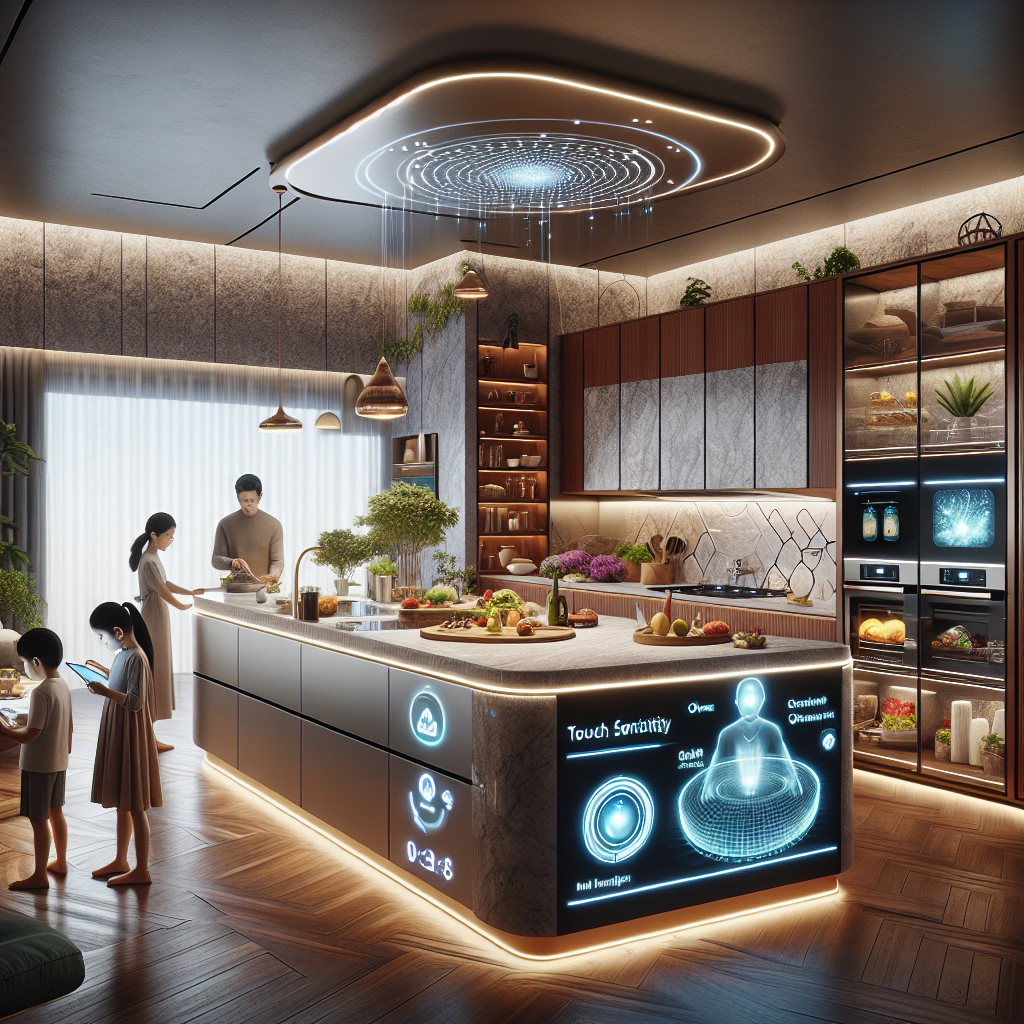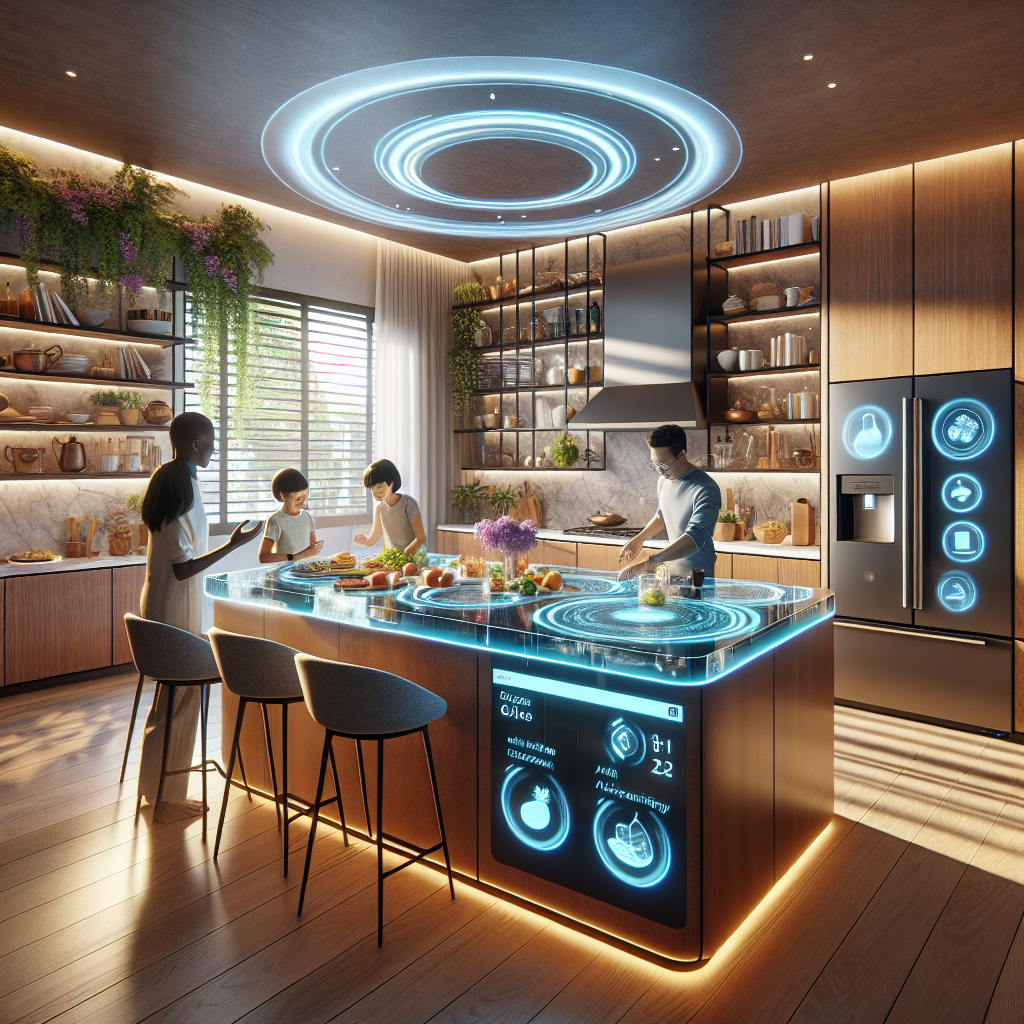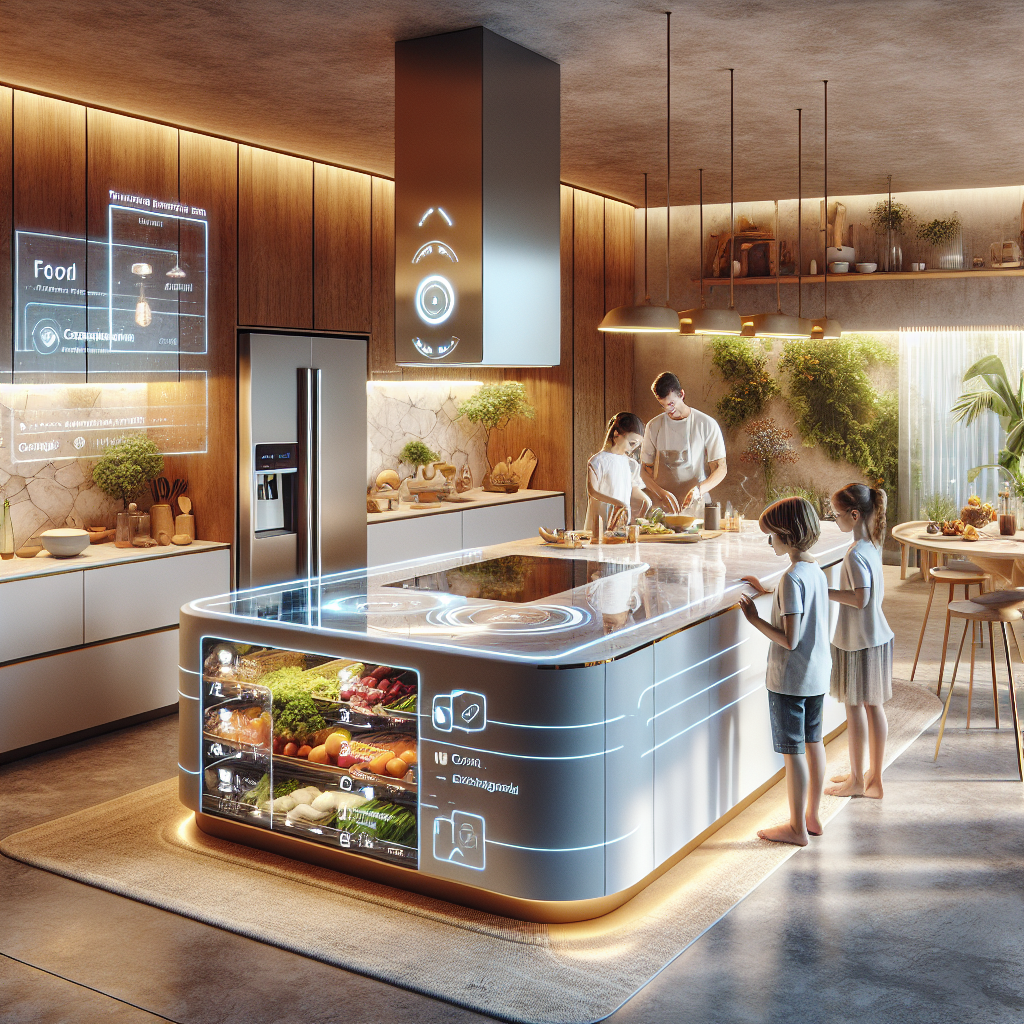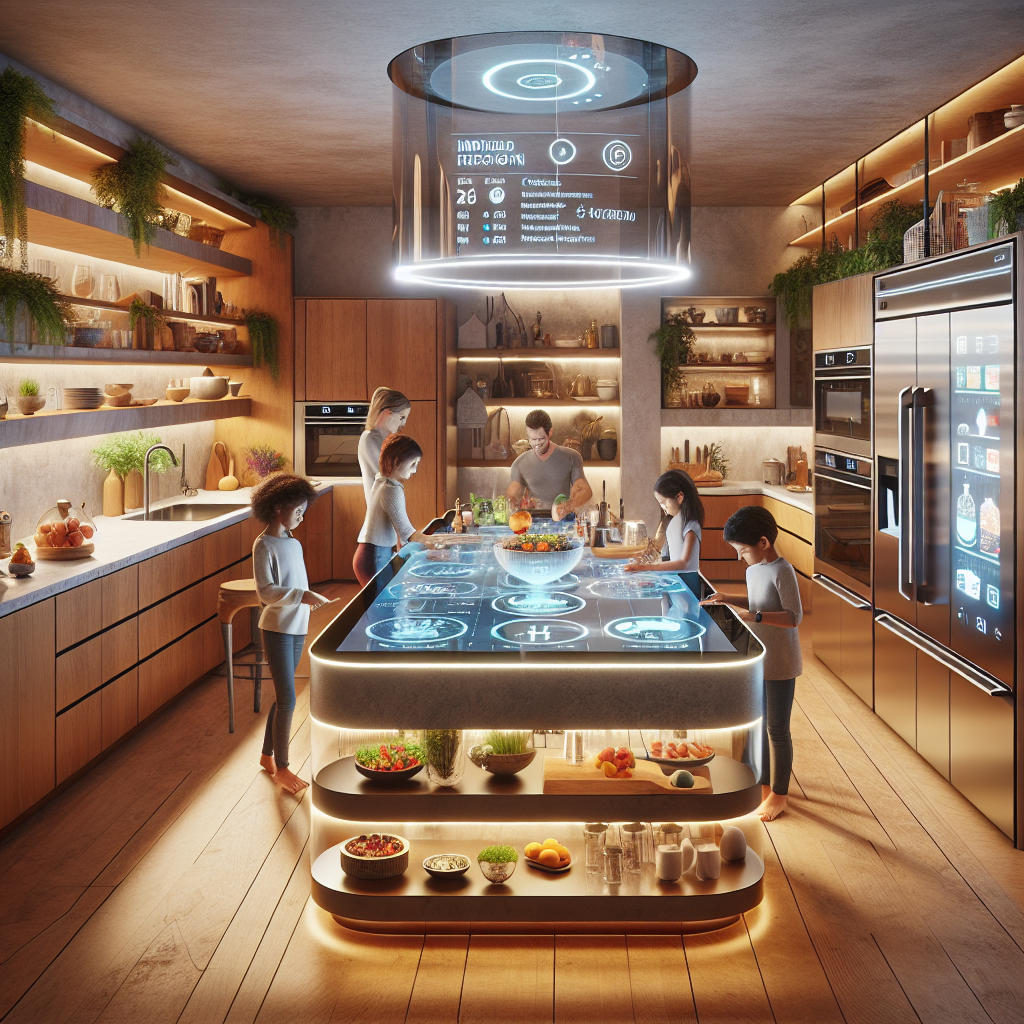Smart Kitchens for Families: Cooking Made Easier with AI

Smart Kitchens for Families: Cooking Made Easier with AI
In the evolving landscape of domestic architecture, the kitchen has long been considered the heart of the home. Today, it is also becoming the brain. With the rise of AI-powered smart kitchens, families are experiencing a profound shift in how they cook, eat, and live together. No longer just a functional workspace, the kitchen is transforming into an intelligent ecosystem—anticipating needs, reducing waste, and creating a seamless culinary experience. For architects, interior designers, and design enthusiasts, this transformation offers fertile ground for rethinking spatial planning, material choices, and the integration of technology into everyday life.
The Kitchen as a Living System
Traditionally, kitchens were designed around efficiency—triangles of movement between stove, sink, and refrigerator. Today, AI introduces a new layer of interaction, where the kitchen becomes a living system that learns from its users. According to a 2024 report by Statista, the global smart kitchen market is projected to surpass $43 billion by 2027, driven by consumer demand for convenience, sustainability, and personalization. This shift is not just technological; it is architectural. Designers are now tasked with creating spaces that accommodate both tactile craftsmanship and invisible digital intelligence.
Imagine a kitchen island that doubles as a touch-sensitive control hub, where recipes are projected directly onto the countertop, or cabinetry that conceals sensors monitoring food freshness. These elements blur the boundary between smart home automation and traditional craftsmanship, offering families a space that is both highly functional and aesthetically refined.
AI as the Invisible Sous-Chef
Artificial intelligence in the kitchen is not about replacing the cook but enhancing their creativity and efficiency. Voice-activated assistants can suggest recipes based on what’s in the fridge, while AI-driven ovens automatically adjust temperature and timing for perfect results. Some systems even use computer vision to recognize ingredients and recommend meals tailored to dietary needs.
For families, this means less time spent on planning and more time spent together. A parent juggling work and childcare can rely on AI to preheat the oven at the right moment or remind them when it’s time to stir the sauce. The kitchen becomes a partner in daily life, quietly orchestrating tasks in the background.
Designing for Families: Function Meets Emotion
Family kitchens are inherently multi-functional spaces—part dining room, part homework station, part social hub. AI integration enhances this versatility. Designers are now exploring modular kitchen layouts that adapt to different family rhythms. For example, retractable screens can transform a cooking surface into a digital whiteboard for children’s learning, while smart lighting adjusts to create intimate atmospheres for evening meals.
Materiality also plays a role. Warm woods and tactile stone surfaces balance the sleekness of embedded technology, ensuring that the kitchen remains emotionally resonant rather than sterile. This echoes the principles of biophilic design, where natural textures soften the impact of digital integration, fostering a sense of well-being in the heart of the home.
Sustainability Through Intelligence
One of the most compelling arguments for AI in family kitchens is its potential to reduce waste. According to the Food and Agriculture Organization, nearly one-third of all food produced globally is wasted. Smart refrigerators now track expiration dates, while AI apps suggest recipes that use up ingredients before they spoil. Some systems even connect to local food-sharing networks, redistributing surplus items to neighbors or charities.
For architects and designers, this sustainability narrative is increasingly central. Just as zero-waste kitchen design has gained traction in recent years, AI integration offers a new layer of ecological responsibility. By embedding intelligence into the very fabric of the kitchen, families are empowered to live more sustainably without sacrificing convenience.
Case Study: The AI-Enhanced Family Kitchen
Consider a recent residential project in Copenhagen, where a family of five commissioned a kitchen that could “grow with them.” The design featured a central island with integrated induction cooktops, concealed projection technology, and AI-driven recipe assistance. Cabinets were fitted with discreet sensors that tracked pantry inventory, while a smart composting system transformed organic waste into fertilizer for the family’s rooftop garden.
The result was a kitchen that felt both futuristic and deeply human. Children interacted with playful digital interfaces projected onto the countertop, while parents appreciated the subtle guidance of AI in meal planning. The space embodied a new typology: the adaptive kitchen, where design and intelligence converge to support evolving family life.
Challenges and Considerations
Despite its promise, the integration of AI into kitchens raises important questions. Privacy remains a concern, as voice assistants and connected appliances collect data on family habits. Designers must work closely with technology providers to ensure transparency and trust. Additionally, there is the risk of over-automation—where the kitchen becomes so intelligent that it loses its tactile charm. Striking the right balance between digital assistance and human engagement is critical.
From a design perspective, the challenge lies in concealing technology without erasing it. Flush-mounted screens, sensor-integrated surfaces, and modular cabinetry offer solutions, but they require careful detailing to avoid visual clutter. The most successful smart kitchens will be those where technology is felt rather than seen—present in the rhythm of daily life but invisible to the eye.
The Future of Family Kitchens
Looking ahead, the evolution of smart kitchens will likely parallel broader architectural trends. Just as AI is reshaping architectural design, it is also redefining domestic interiors. Kitchens will increasingly act as nodes in a larger ecosystem of smart homes, connected to energy grids, health monitoring systems, and even urban food networks.
For families, this means kitchens that not only prepare meals but also safeguard health, conserve resources, and foster connection. For designers, it presents an opportunity to craft spaces that are not only technologically advanced but also culturally meaningful—spaces that honor the ritual of cooking while embracing the intelligence of the future.
Final Thoughts
The rise of AI-powered smart kitchens signals a profound reimagining of domestic life. For families, it offers convenience, sustainability, and new forms of togetherness. For architects and designers, it challenges us to think beyond aesthetics and ergonomics, toward spaces that are adaptive, intelligent, and deeply human. In this new era, the kitchen is no longer just the heart of the home—it is its mind as well.








